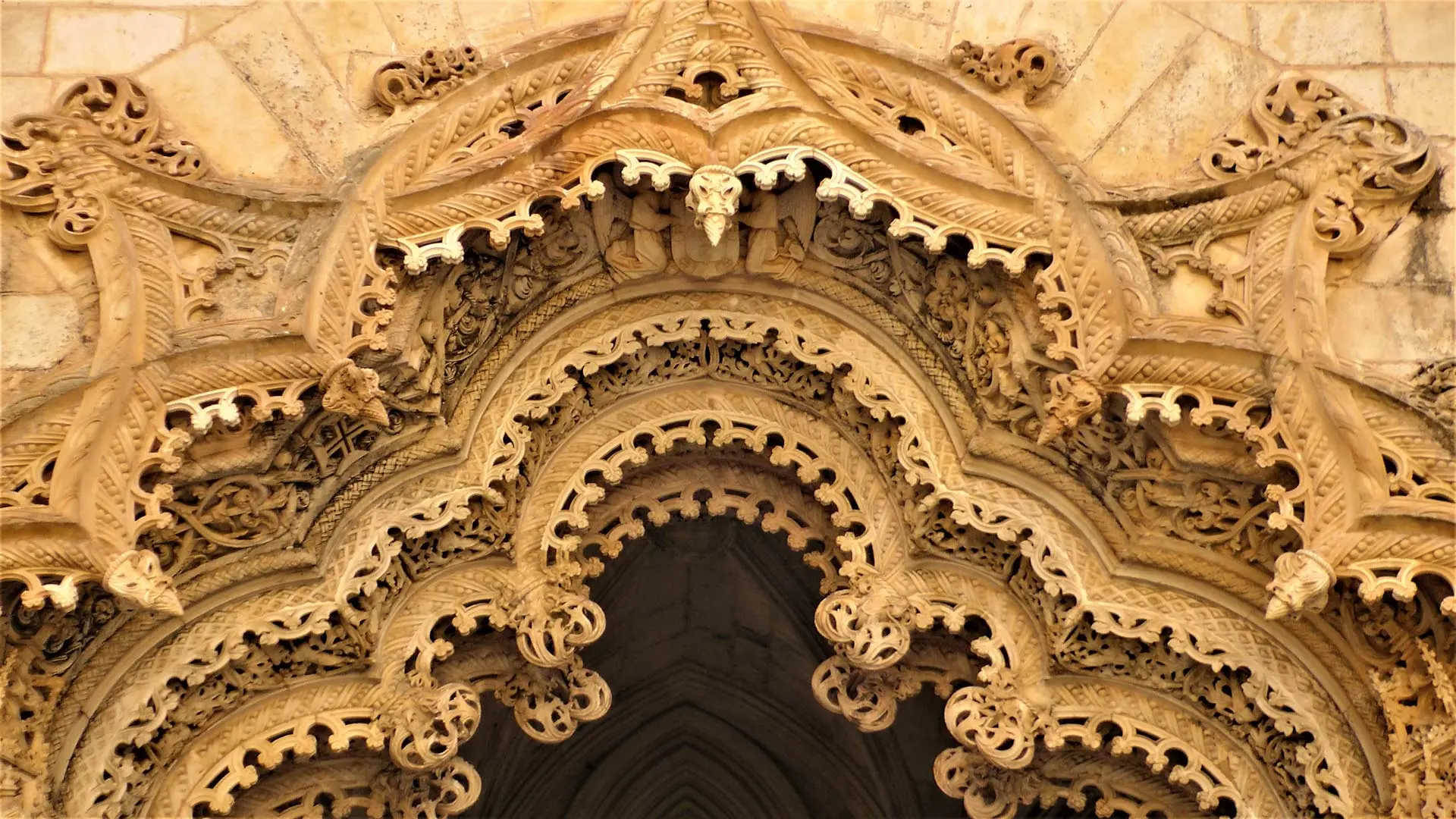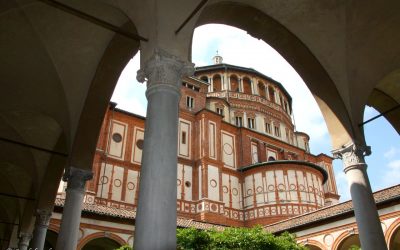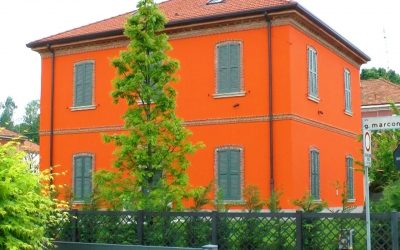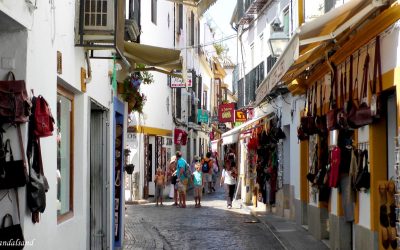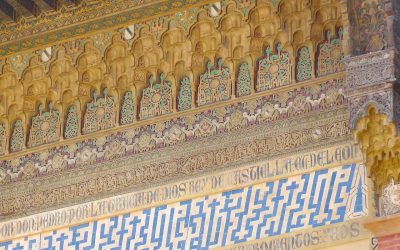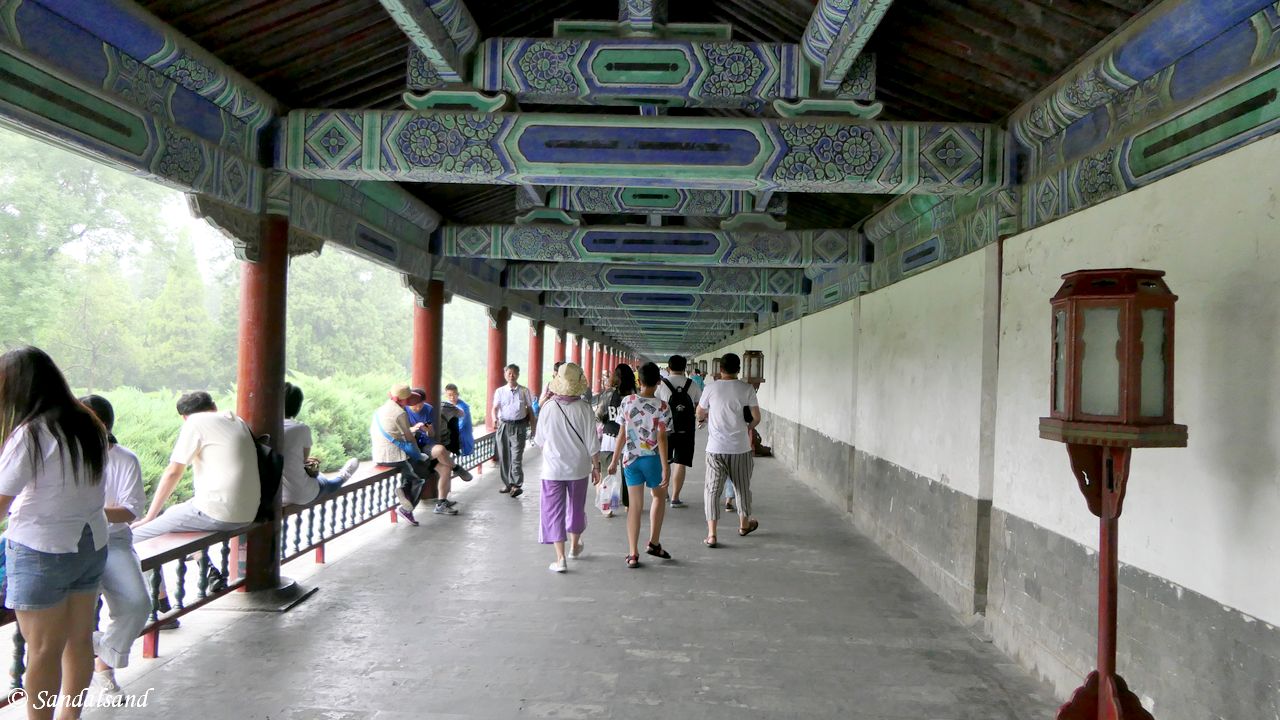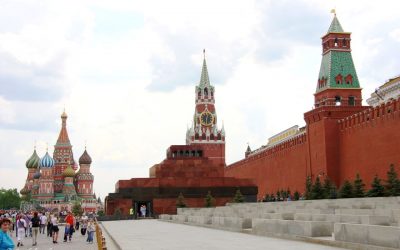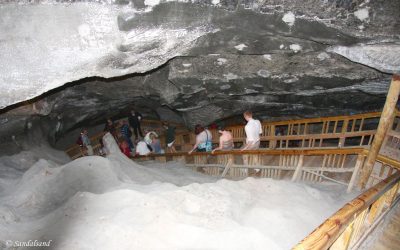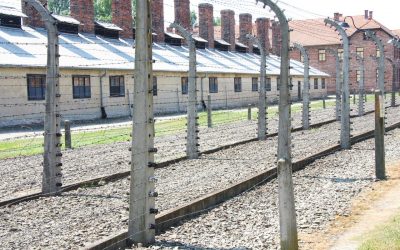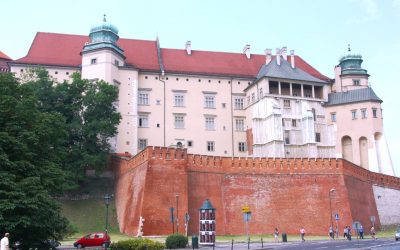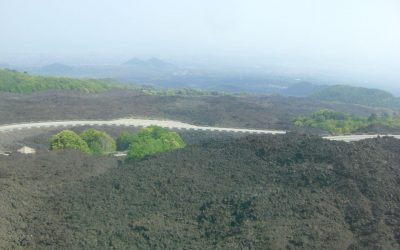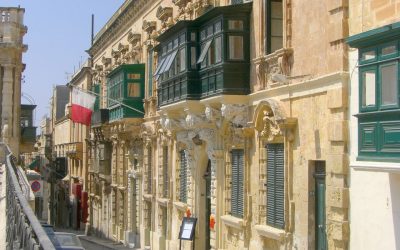World Heritage Sites
The UNESCO World Heritage List includes more than a thousand properties of outstanding universal value. They are all part of the world’s cultural and natural heritage.
UNESCO’s World Heritage Centre is responsible for the World Heritage List. The first inscription was in 1978. Since then UNESCO has developed the criteria and added an average of 20-30 sites each year.
It includes 1,248 sites in 170 “States Parties” (countries). A site is categorised as cultural heritage (972 sites), natural (235) or a mix of the two (41 sites).
On this page you will get to learn more about the heritage sites and where they are. Moreover, Sandalsand’s large collection comes on display. The reader will get a four-way path into this collection. First, on a map. Second, in a table. Third, in a video.
Fourth and last, but not least, there are links to articles on Sandalsand which describe each visited site.
The featured illustration with intricate carvings, is a detail from the Monastery of Batalha, Portugal.
About
Thoughts
Regions
Videos
Map
Table
Posts
About the World Heritage Sites
Properties on the World Heritage List must (a) be of outstanding universal value and (b) meet at least one of the ten selection criteria. UNESCO writes that until the end of 2004, World Heritage sites were selected on the basis of six cultural and four natural criteria.
With the adoption of the revised Operational Guidelines for the Implementation of the World Heritage Convention, only one set of ten criteria exists. All ten criteria are listed below, however Sandalsand has added two headlines (culture and nature) because the set of criteria still relates to two sets.
Culture
(i) to represent a masterpiece of human creative genius;
(ii) to exhibit an important interchange of human values, over a span of time or within a cultural area of the world, on developments in architecture or technology, monumental arts, town-planning or landscape design;
(iii) to bear a unique or at least exceptional testimony to a cultural tradition or to a civilization which is living or which has disappeared;
(iv) to be an outstanding example of a type of building, architectural or technological ensemble or landscape which illustrates (a) significant stage(s) in human history;
(v) to be an outstanding example of a traditional human settlement, land-use, or sea-use which is representative of a culture (or cultures), or human interaction with the environment especially when it has become vulnerable under the impact of irreversible change;
(vi) to be directly or tangibly associated with events or living traditions, with ideas, or with beliefs, with artistic and literary works of outstanding universal significance. (The Committee considers that this criterion should preferably be used in conjunction with other criteria);
The figures below illustrate how many times each Cultural criterion has been assigned. (Most properties score on two or more criteria; hence the large overall numbers.)
(i)
(ii)
(iii)
(iv)
(v)
(vi)
Nature
(vii) to contain superlative natural phenomena or areas of exceptional natural beauty and aesthetic importance;
(viii) to be outstanding examples representing major stages of earth’s history, including the record of life, significant on-going geological processes in the development of landforms, or significant geomorphic or physiographic features;
(ix) to be outstanding examples representing significant on-going ecological and biological processes in the evolution and development of terrestrial, fresh water, coastal and marine ecosystems and communities of plants and animals;
(x) to contain the most important and significant natural habitats for in-situ conservation of biological diversity, including those containing threatened species of outstanding universal value from the point of view of science or conservation.
The figures below illustrate how many times each Nature criterion has been assigned.
(vii)
(viii)
(ix)
(x)
Some thoughts
An inscription on the World Heritage List is generally regarded as an honorary tribute. It will also boost both commercial and preservation activities in or at the site.
Step one is to raise an awareness worldwide to the importance of preserving these sites for future generations. The next step is to do something about it, in other words to set up a conservation plan for the site. The final step is to live by it. These are very demanding tasks for all parties, and there are undoubtedly both economic and culture factors at play here.

UNESCO’s sign is found on many World Heritage Sites. The one pictured here is from Bryggen, in Bergen, Norway.
Some sites have been removed from the list. There have also been controversies between the WHC and a country relating to the future development of the site (like a particular bridge in Germany). Other removals have been obvious because the criteria are no longer met (such as the extinction of a particular bird in Oman).
With these cases in mind, one should note that the WHC operates a list of 56 properties in danger (2024).
Relative distribution of sites
When we look at the full site map, we immediately notice the prevalence of sites in Europe and North America (in reality Europe mostly). Nonetheless, almost the entire world is covered. That is actually no little achievement for the world community.
The following illustrations follow the WHC categorisation of world regions and show the relative distribution of sites.
%
Arab States
%
Africa
%
Latin America and the Caribbean
%
Asia and the Pacific
%
Europe and North America
Sites on a map
Drag and zoom on the map below to find sites visited by Sandalsand in more detail. Click on a marker to reveal the name and open the article about it. You will find the same links further down this page. Find all WHC sites on another Sandalsand map.
I have had my doubts what to do with Liverpool. It was once a World Heritage Site, but was delisted by UNESCO following a controversy with the city authorities. It is my hope it will be re-enlisted some time in the near future, so I have kept the article. However, I removed it from this map as well as from the table below.
Sites in a table
Here are the same sites in a table but with less information compared to the map markers above. Show more rows at a time, sort the table as you like, or search for a specific term. Click on a link to open that particular post.
Sites in 70 countries
It could be that “heritage tourism” is spreading along with the eco-tourism trend. Sandalsand has only in later years become conscious of it.
It was never my idea to become a collector of heritage sites, but I have nonetheless been to a large number. In recent years I have become more intent to visit a “world heritage” when I travel. I suppose that may be one of the purposes of such an official list in the first place.
In any case, I am not satisfied that I visited the pleasant town of Weimar in Germany without exploring the examples of Bauhaus architecture. Likewise, I went to the town of Pécs in Hungary without a look at the Early Christian Necropolis. (To my possible excuse: Neither of them was on the List at the time of my visit.)
Sandalsand’s list is a representative summary of UNESCO’s. It covers the world, and the majority are in Europe. Also, it features sites in both (all) categories: 199 cultural, 14 natural, and 6 combined sites.
Read about each site in separate articles. They include:
- The official and my personal descriptions of the site
- A link to the official UNESCO web page
- My photographs or video
- A link to the article(s) describing the context of my visit(s)
The articles offer short introductions to fabulous destinations around the world. Enjoy!
Here they are, the World Heritage Sites visited by Sandalsand. In my view, they are all lovely destinations.
World Heritage #0723 – Sintra
The natural landscape in Sintra to the west of Lisbon is fine, but the palaces set this area aside as unique. The UNESCO World Heritage List...
World Heritage #0263 – Hieronymites and Tower of Belém
The monastery of the Hieronymites and the tower of Belém in Lisbon bear witness to Portugal's heroic history. The UNESCO World Heritage List...
World Heritage #0093 – The Last Supper
The world's second most famous painting, The Last Supper, was made by a universal genius. This gem hides inside a convent in Milan. The UNESCO World...
World Heritage #0730 – Crespi d’Adda
There are not many factory towns on the UNESCO list, and Crespi d'Adda in northern Italy is a fascinating one. The UNESCO World Heritage List...
World Heritage #0696 – Kronborg Castle
Enjoy the view from Kronborg Castle across the strait of Oresund, just like the imaginary Hamlet a few hundred years ago. The UNESCO World Heritage...
World Heritage #0058 – Urnes Stave Church
The Urnes stave church is one of several stave churches of Norway. We find them in the most remote locations of the country, and they are splendid...
World Heritage #0522 – Úbeda and Baeza
The two towns of Úbeda and Baeza were defining centres in the birth of the Spanish renaissance in the 16th century. The UNESCO World Heritage List...
World Heritage #0314 – Granada
The Moors left their marks on southern Spain. Alhambra, Generalife and Albayzín in Granada is both mythical and real. The UNESCO World Heritage List...
World Heritage #0313 – Historic Centre of Córdoba
The Historic Centre of Córdoba is amazing. Thanks to the Arabs sweeping across North Africa and taking control of large parts of the Iberian...
World Heritage #0383 – Seville
The World Heritage site of Seville is about a Spanish city which was and is one of the world's most important cities. The UNESCO World Heritage List...
World Heritage #0881 – Temple of Heaven
Watch your step in the Temple of Heaven park, nothing is arbitrary, everything has a meaning. To those who understand. The UNESCO World Heritage...
World Heritage #0754 – Lake Baikal
This huge lake in Siberia, Lake Baikal, is a natural phenomenon, but is also of big cultural importance to the Russians. The UNESCO World Heritage...
World Heritage #1097 – Novodevichy Convent
The Ensemble of the Novodevichy Convent is a convent in the middle of Moscow which doubled as a fortress. The UNESCO World Heritage List includes...
World Heritage #0657 – Sergiev Posad
Sergiev Posad is an important Russian Orthodox pilgrimage site as well as being the residence of the head of this church for centuries. The UNESCO...
World Heritage #0545 – Kremlin
From the gold capped onion domes of the Kremlin and its high walls, to the large Red Square and the buildings on it, this heritage site is...
World Heritage #0217 – Ancient City of Nessebar
The ancient city of Nessebar was an important town. Today it has a few interesting buildings, but the burden of tourism seems almost too much to...
World Heritage #0032 – Wieliczka Salt Mine
At the Wieliczka Salt Mine they have been mining rock salt for centuries, and they invite you to a fantastic subterranean world. The UNESCO World...
World Heritage #0031 – Auschwitz Birkenau
There are only horrors connected to the heritage site of Auschwitz Birkenau, the horrors of exterminating more than 1.5 million people. The UNESCO...
World Heritage #0029 – Cracow’s Historic Centre
Cracow's Historic Centre reveals a splendid city. Today it is peaceful and rich, but its historical experiences are of a terrible nature. The UNESCO...
World Heritage #1150 – Liverpool
There is more to Liverpool than a couple of football clubs and pop bands. In the harbour area it is easy to notice the Liverpool's legacy as a major...
World Heritage #0668 – Angkor
Angkor has over the last few decades evolved into a major destination. That's not bad considering it is basically an archaeological site. The...
World Heritage #0479 – Luang Prabang
Temples, temples and more temples. Still, there is more to the town Luang Prabang in northern Laos than that. The UNESCO World Heritage List...
World Heritage #1427 – Mount Etna
There have been eruptions from the Sicilian volcano at Mount Etna for 500,000 years, and there was one on my visit as well. The UNESCO World...
World Heritage #0131 – City of Valletta
Come to the City of Valletta and discover the world of knights, full armour, and also an impressive fortress and pretty architecture. The UNESCO...
It is not down in any map; true places never are. (Herman Melville)

